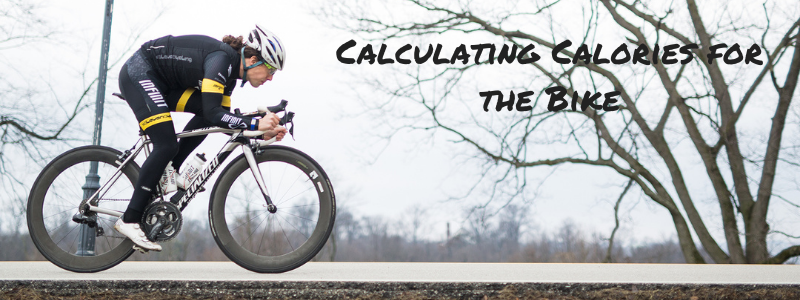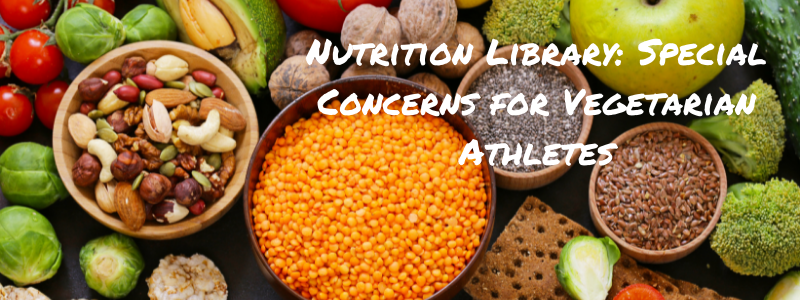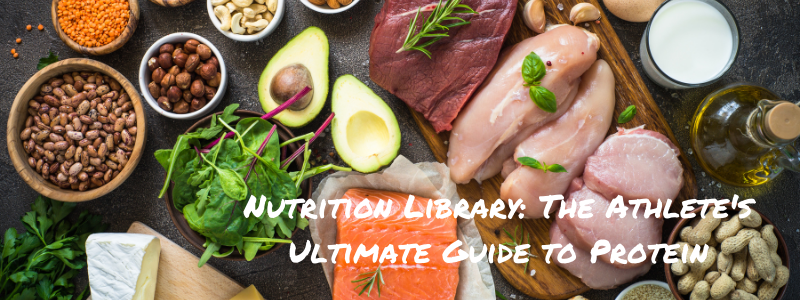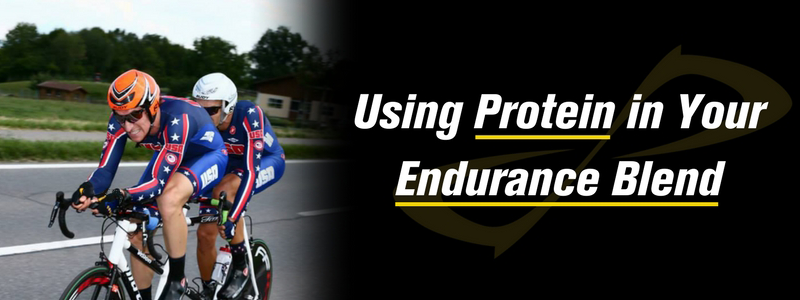INFINIT 101: Carbohydrate Blend
- 13 Jul 2015
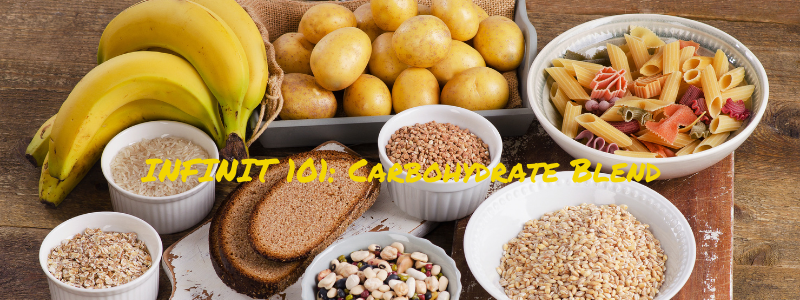
By Michael Folan, INFINIT Founder and Chief Powder Maker
Infinit's carbohydrate blend is a combination of sucrose, dextrose and maltodextrin. Dextrose and sucrose are slightly faster burning molecules and are broken down more quickly by the body for optimal absorption. The short distance end of the slider has a higher percentage of faster burning dextrose for quick energy. Maltodextrin is slower burning, and therefore is more conducive for long distance endurance events. The long distance end of the slider uses primarily maltodextrin for its endurance qualities. Adjusting the slider will change the percentage of dextrose to maltodextrin.
There are substantive studies to show that multiple carbohydrate sources are more efficient than a singular carbohydrate in sports nutrition products. Infinit's dextrose, sucrose and maltodextrin are glucose polymers, with a chain of glucose molecules of short to medium length. They are more expensive to produce, and are created by taking starch (long chains of glucose molecules) and chemically breaking them by hydrolysis into shorter chains of glucose. Glucose polymers are sized between a small glucose molecule (a simple carbohydrate) and a large starch molecule (a complex carbohydrate).
Maltodextrin has a much lower osmolality than glucose and fructose, and therefore can be mixed in much higher concentrations without causing stomach issues. Molecules of maltodextrin are larger than glucose molecules, so drinks with maltodextrin will have a few large particles compared to a drink with glucose, which has many smaller particles. The number of particles determines how much water the drink contains. The more smaller-sized glucose molecules in the drink, the more water will be pulled into the intestine. Since maltodextrin based products don't pull as much water into the intestine, they are absorbed faster into the bloodstream.
Your blood has an osmolality of around 280-320. Keeping your drink around or below 280 makes it easier to digest. You can check the osmolality of your formula by looking at the figure below the chart as you move the slider.


